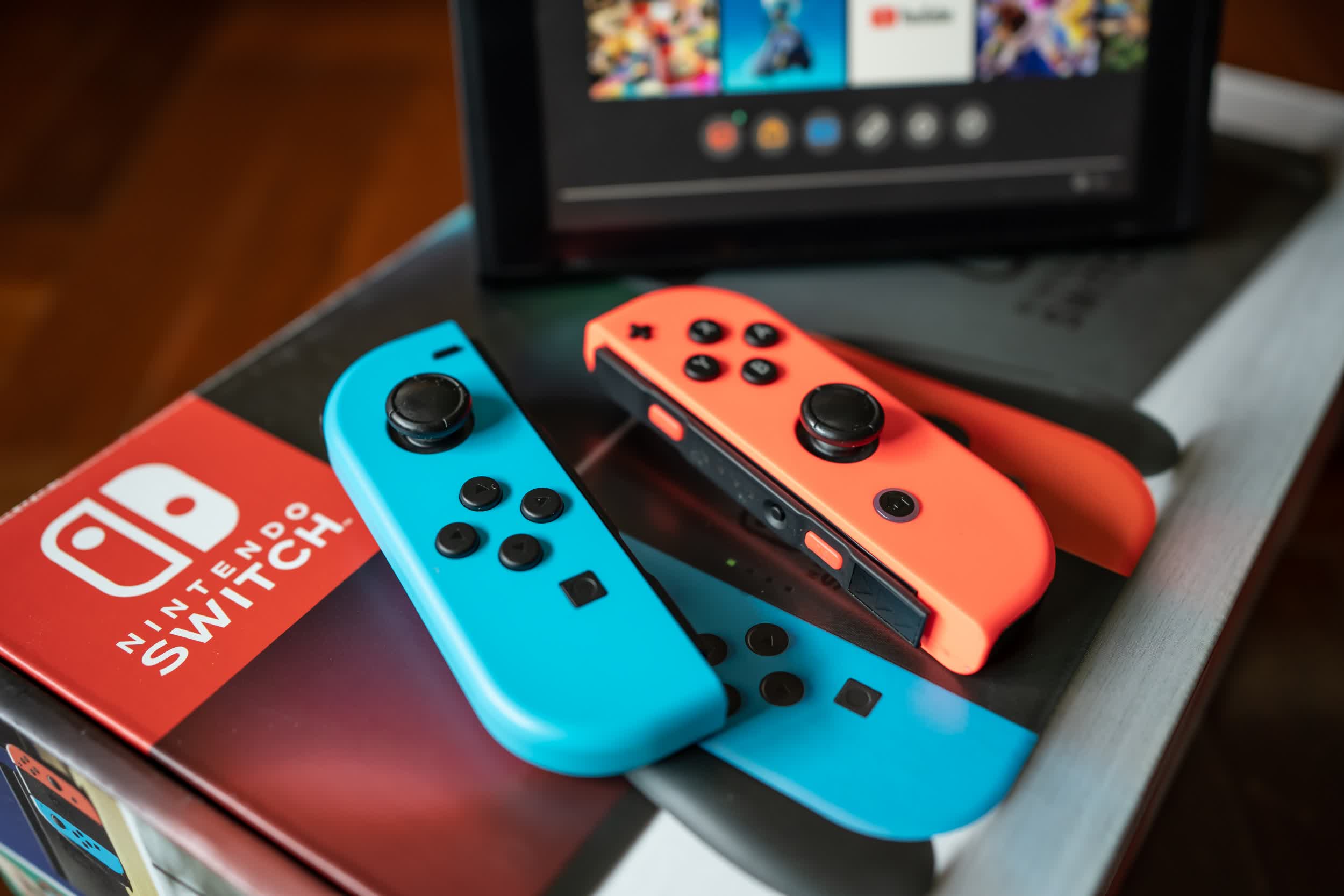In context: The Nintendo Switch has been notorious for stick drift problems since 2017 and this issue continues to affect users. A UK watchdog has renewed calls for Nintendo to fix the situation, claiming the company's current customer service policy doesn't suffice.
British consumer group Which? has called for Nintendo to do more to resolve stick drift which continues to plague the Switch's Joy-Con controllers. The group's independent lab results suggest a design flaw affects the joysticks in a significant portion of Switch controllers. This isn't the first time an investigation uncovered such defects.
Stick drift, where analog sticks detect input even while receiving none, has impacted the controllers for Nintendo, Sony, and Microsoft's game consoles in recent years. Which? published a report in June claiming that 40 percent of UK Joy-Con owners experienced stick drift.
The group's recent testing revealed that the controller's design causes wear and tear, eventually resulting in drift. In response to the findings, Nintendo claimed that only a small percentage of its users reported experiencing the problem.

The watchdog's demands include that the company conducts an independent inquiry into stick drift, offer free repairs for affected Joy-Cons, and compensate users who've paid to replace their controllers. Which? is only the latest in a series of consumer groups that have brought complaints forward about defective analog sticks.
Consumers have opened multiple lawsuits against Nintendo over the problem, including a class-action lawsuit. A European Union watchdog called for an investigation into stick drift last year, and one outsourced Joy-Con repair center reported being constantly overwhelmed.
Although Nintendo has taken most of the heat for stick drift, it stems from a design flaw in all modern game controllers. Microsoft's Xbox controllers came under a lawsuit for the same issue, and iFixit's teardown of a PlayStation 5 controller uncovered a possible cause for stick drift in all gamepads.
The PS5 controller analysis found that a company that manufactures components for Nintendo, Sony, and Microsoft pads uses a part for the analog sticks with a limited lifespan. The console manufacturers likely chose it to save costs, making stick drift a tough problem to solve. iFixit suggests that manufacturers treat sticks as disposable parts and design controllers to make them easily replaceable. Valve, on the other hand, solved stick drift in its Steam Deck handheld through a software patch.
